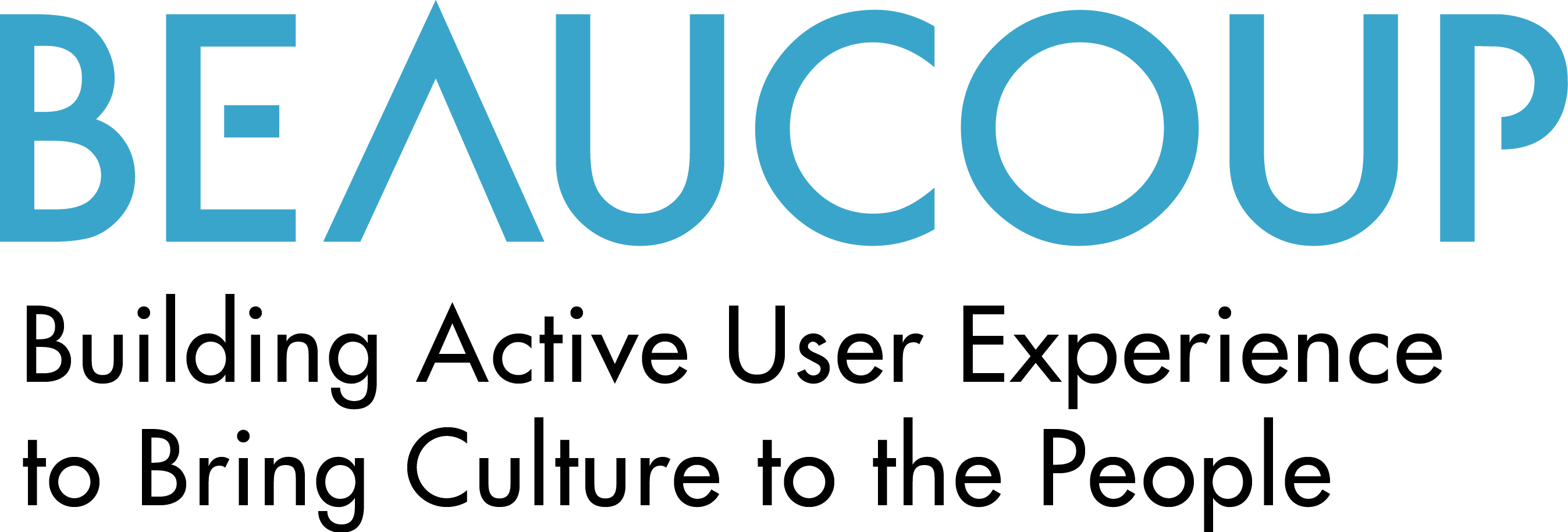IMPACT & SCENARIOS
- Create three service delivery models (SDMs): The Bag, The Box and The Screen;
- Improve quality of life for primary and secondary end users;
- Promote an increase in wellbeing, by means of a sustained engagement with galleries, art exhibitions and museums;
- Remove obstacles from experiencing art and culture;
- Prevent loneliness and isolation in older adults;
- Benefit cognitive function in older adults.

Example scenarios
EXPLORING LOCAL CULTURAL HERITAGE VIA “THE BAG”:
Stefano is 72 years old and lives with his wife Berta who is 67 years old and suffers from age-related visual impairment. The pair likes to travel and discover new aspects of the culture and history in their region and beyond. On a bus trip to Siena, the local tourism agency provides them with “The Bag” that contains different tools adapted to their needs: a tactile map to guide them, a tablet with special accessibility features, tactile reliefs and 3D printed replicas. In addition, a public mobile app provides them with contents on different media, to learn interesting facts about the city’s history, art and culture. This set of tools represents the support that Stefano and Berta need being older adults to explore the city on their own.
EXPLORE REMOTE CULTURAL HERITAGE VIA “THE BOX”:
Sara is an 86-years-old deaf woman living with her daughter’s family near Lisbon. One day, the local day care center hosts an activity organized with local museum educators. As part of this activity, Sara discovers “The Box”, which consists of analogue and digital tools that allow people to enjoy art and culture on different locations. Furthermore, it enables shared multisensory experiences under the guidance of experts. “The Box” allows Sara to read enlarged prints, to experiment with taste and scent inspired by the thematic cultural content, to watch interactive presentations, as well as to visit virtually curated exhibitions on a tablet.
OVERCOME LIMITED MOBILITY VIA “THE SCREEN”:
Mark is 80 years old and hospitalized in a clinic. He is experiencing depression and worried about his health. One day, the clinic provides him with a tablet to experience “The Screen”: a remotely accessible thematic visit to some attractions of Siena. Using the app with a simple, fully accessible and intuitive interface, Mark can virtually join a live guided tour around the city. Since direct communication with the tour guide and other visitors is possible, he can ask questions about Tuscan culinary traditions and engage in a lively discussion with other participants. Thanks to “The Screen” Mark can escape from the often-dreary hospital life for a while. Unlike traditional documentaries or virtual museum tours, “The Screen” enables the interactive exploration of the featured environment, content discovery and the synchronous interaction with other participants.


